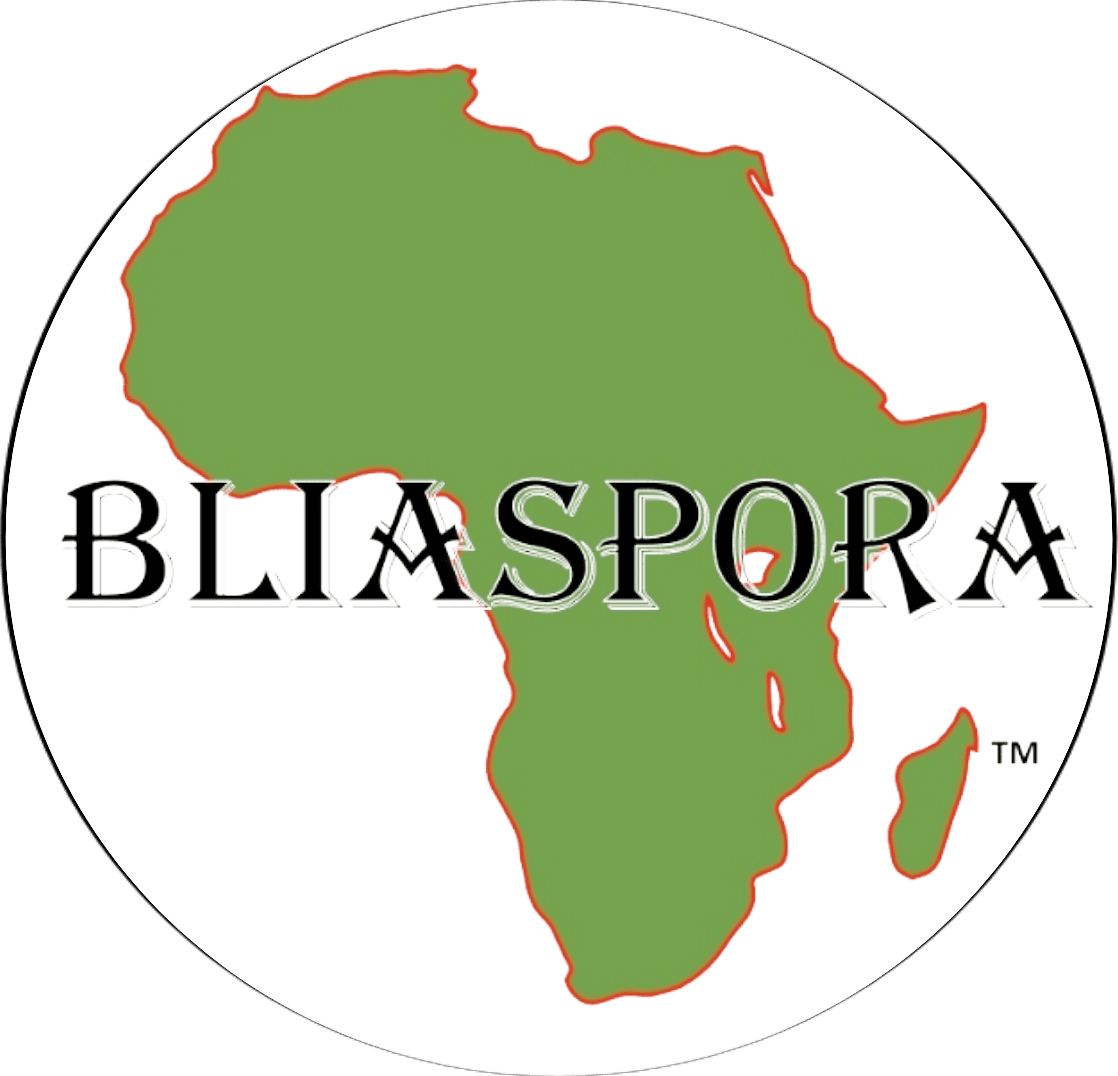Posts by Kevin
Haiti
Haiti is the only nation to form an independent nation after a successful slave revolt and is the second nation in the Americas after the United States. After the French Revolution, Haitians were inspired by the rhetoric that all men are free. This was not going to be an easy task for Haitians since Haiti…
Read MoreJamaica
The third largest island in the Caribbean, after Cuba and the Island of Hispaniola, Jamaica is rich in culture and tradition. For a small island nation Jamaica’s culture and athletes are known globally. Originally “discovered” by Christopher Columbus in 1494 Jamaica was previously a Spanish colony until 1655 when the British rid the Spanish of…
Read MoreBahamas
The Bahamas is located just southeast of the Florida mainland and east of the Florida Keys. This chain of islands has an approximate population of 386,00 people consisting mostly of blacks from the transatlantic slave trade. The country is a former British Colony and still is a commonwealth of the nation receiving independent commonwealth realm…
Read MoreBarbados
Barbados is in the Atlantic but due to the proximity to the Caribbean it is classified as a Caribbean island. Barbados was a former colony and many of the residents are black, descendants of the transatlantic slave trade. “Society in Barbados was composed of three categories of persons: free, indentured, and enslaved. ‘Race’ was…
Read MoreTrinidad and Tobago
Trinidad and Tobago by far the most diverse of all the Caribbean nations is at the most southern portion of the Caribbean island chain. Just off the coast of South America the island nation is rich in culture and traditions. Originally a Spanish Colony, they encouraged Roman Catholics from nearby islands to bring their slave…
Read MoreSpanish Colonies
During the transatlantic slave trade most, slaves went to the Caribbean and South America. The term Hispanic did not become until the 1970s to account for number of people from Spanish speaking nations in the United States. The term Latino did not appear until the 1990 census. Latino is not a race it is an…
Read MoreCuba
Approximately 105 miles south of Florida and the largest Caribbean island, Cuba, is a former Spanish Colony, prior to Spanish settlement the island was inhabitated by the Taino, Guanahatabey, and Ciboney people. Slavery in Cuba began earlier in the United States by the late 1500’s there were slaves already on the island it was not…
Read MorePuerto Rico
Puerto Rico is situated east of the Dominican Republic and is a former Spanish Colony. “Christopher Columbus arrived at Puerto Rico in 1493. He originally called the island San Juan Bautista, but thanks to the gold in the river, it was soon known as Puerto Rico, or ‘rich port;’ and the capital city took the…
Read MoreBrazil
Not a Spanish speaking country but Portuguese, Brazil is most populace nation in South America and Latin America, the 5th largest nation by area and 6th largest population in the world, Brazil is also one the most racially diverse. With the largest number of slaves from the transatlantic slave trade, Brazil imported the approximate number…
Read MoreBelize
Belize is unique, the only country in Central America where the official language is English. A former British colony Belize is located between Mexico and Guatemala. Belize, Honduras, El Salvador, Guatemala, and five states in Mexico were part of the Mayan Empire that existed from 2000 B.C. to 1697 A.D. Since the collapse of the…
Read More